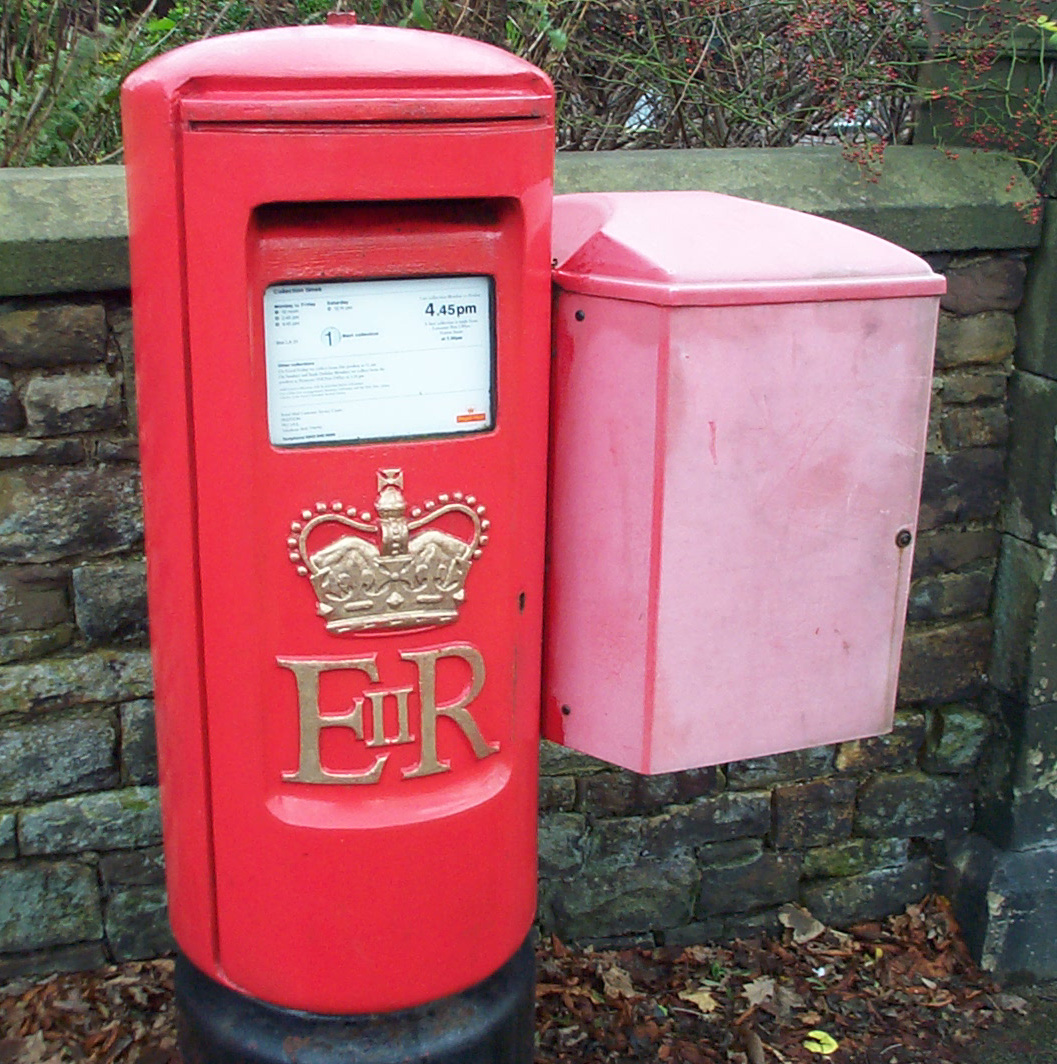I believe strongly that analogies are powerful tools when explaining detailed and technical topics. Therefore, I have planned an experiment: I will try to explain a non-trivial segment of computer networking with analogies to everyday items and occurrences. I hope this method will be less threatening and more fun than a text book while still explaining some technical facts about networking and helping people solve computer problems. Of course, it will also be an excellent opportunity for me to consolidate my technical knowledge and practice my writing, I cannot pretend to be selfless here!
 Let's drive straight in. This is what my wireless router looks like. It's the box of tricks that plugs into my phone line and lets my computer connect to the internet. What does it do and how does it work?
Let's drive straight in. This is what my wireless router looks like. It's the box of tricks that plugs into my phone line and lets my computer connect to the internet. What does it do and how does it work?My first analogy is that the internet is like the international post network. What's the first step in using each? Once I've written a letter, I take it down the road to my local postbox; similarly, once my computer has prepared a packet (a small letter-sized batch of information) and wants to send it somewhere on the internet, it takes it to my router.
Besides both being the first stop on the journey in each networks, there are a lot more similarities between postboxes and routers. Once I've posted my letter, I've entrusted its delivery to the Royal Mail (the postal service in the UK) and I will play no further part in the process. Royal Mail will pick up the letter from the postbox, take my payment in the form of a stamp, and use the letter's destination address to get it where it's meant to go. Once my router has my computer's packet, the computer trusts the router to forward the packet to Be Broadband, my Internet Service Provider (or ISP), who will then get it where it's meant to go by considering the packet's destination address. I pay my ISP monthly by credit card instead of with stamps, but apart from that they are quite similar to the Royal Mail.
There are many other ISPs to choose from, just as I can send mail by UPS or FedEx. Further, each mail company will accept my letters and each ISP will take my computer's packets. I can choose my provider because I adhere to standards: my letters are a certain size and weight and I wrote the return and destination addresses a certain way, my computer's packets also have a certain structure and a standardised return and destination IP address.
The Internet's standards -- its protocols -- are more numerous, intricate, and rigidly followed than those of the Royal Mail. Those attributes increase the complexity of learning them but also their utility: a letter may fail to be delivered because it was accidentally dropped on the way to a delivery office, but a packet will typically fail to be delivered for a much more specific and often more correctable reason. This allows a knowledgeable computer user to get a job and hence receive money, or to help out family and impress friends, and hence receive cake. If you ever want proof that reading about computers is worthwhile, just remember the cake.
Here's a summary of the technical lexicon covered so far. Next time we'll learn some more terms and get into the meat of some protocols.
| Term | Post analogy |
| Internet | International post network |
| Internet router | Local post box |
| Packet | Letter |
| Be broadband (my ISP or Internet Service Provider) | Royal Mail (my postal service) |
| IP address | Postal address |
| Internet protocols | Postal standards |

No comments:
Post a Comment